Veterinary advice to address extreme temperatures
by Jenny Alonge
Record-breaking temperatures are continuously being documented across the country. These extreme temperatures are dangerous for animals as well as humans, and veterinarians must be proactive to ensure their clients understand the risks of soaring temperatures. The following advice can help your clients keep their animals safe and beat the heat.
Advice for pet owners
Heatstroke is common in pets, especially in hot, humid climates, but your clients may not realize that their pet is highly susceptible to the life-threatening condition. Educate your clients about heatstroke’s serious consequences, so they understand the risk to their pet. Other tips for clients include:
- Never leave your pet in the car — Every year, notices are posted to raise awareness about leaving pets in the car, but every year numerous pets die from this situation. Temperatures quickly reach dangerous levels in a parked car, and parking in the shade or leaving the window cracked is not enough to save a pet’s life.
- Provide water — Pets should have access to clean, fresh water at all times, and their water bowls should be cleaned and refreshed daily. In addition, you should pack bottled water and a portable water bowl for outings, so your pet can always drink.
- Limit exercise — Limit your pet’s exercise on hot, humid days to help ensure they don’t overheat.
- Take breaks — When outdoors, take frequent breaks in the shade and offer your pet water to help them stay cool and hydrated.
- Know your pet’s risk — All pets are susceptible to heatstroke, but some, including brachycephalic breeds, senior pets, overweight pets, and pets with some medical conditions, are at increased risk and need special attention to ensure they don’t overheat.
- Strategize outings — Walk your dog in the early morning or evening to avoid the hottest time of day.
- Know the signs — Heatstroke signs include lethargy, heavy panting, thick, ropey drool, and bright red mucous membranes. If you see these signs, take your pet to a cool, well-ventilated area and seek veterinary attention.
- Use cooling products — Many products are available to help pets stay cool in extreme temperatures, including cooling mats which use water to provide a cool resting area for your pet. Many are made with orthopedic foam for pets with arthritis or other joint problems. Elevated beds help air circulate to ensure your pet gets airflow from all sides. Cooling vests that are wet mimic sweat’s cooling effect and reflect the sun to help prevent pets from overheating. A kiddie pool is a great way to let your pet enjoy time outdoors on a hot day.
- Protect your pet’s paws — Paved walkways can reach temperatures that can burn your pet’s paws. Choose shaded or grassy areas when outdoors or invest in booties to protect your pet’s paws.
Advice for farmers
Heat stress can cause livestock severe consequences, including reduced fertility, decreased milk production, increased disease susceptibility and, in severe cases, death. In extreme temperatures, animals must be managed appropriately to ensure they have sufficient shade and water.
Tips for farmers include:
- Provide plentiful water — Clean, fresh water is essential. All animals should have easily accessible water, and enough water sources to prevent competition. Ensure the animals are familiar with the water’s location before extreme heat occurs, and that they don’t have to walk too far to access water.
- Provide appropriate shelter — Animals require shelter that protects them from the sun and allows adequate air circulation. Shelter options include shelters constructed with shade cloth, corrugated iron, timber, aluminum, or galvanized steel, to protect them from the sun. Trees can cool the air by as much as 10 degrees, so large canopy trees in your fields can provide shade for your livestock, but you must ensure enough shade is available for all animals. Pastures with hills or gullies can help animals stay cool. A long row of trees in a field can reduce air temperatures and provide animals with shade. Tree groupings can help block the sun’s rays and cool the air. Outdoor poultry coops that are not constructed properly can act as ovens. The walls, especially the east and west walls, should be insulated, and the shelter should be built in a well-shaded area.
- Avoid handling animals — Research has shown that handling cattle during hot weather can increase their body temperature by as much as 6.3 degrees, so animals should not be handled in extreme heat. If necessary, handle animals in the early morning or evening hours.
- Delay milking — Delaying milking by an hour or more in the evenings can increase production by up to 1.5 liters per day per cow.
- Avoid transporting animals — If possible, don’t transport animals during extreme heat. If necessary, plan your route so you can stop frequently where shade and water are offered and travel during the cooler hours of the day. When stopping, park the vehicle in the shade at a right angle to the wind direction to improve wind flow among animals. Keep stops short to minimize heat buildup, and reduce stocking densities by 85%.
- Cool down horses — Hose heat-stressed horses with cool water, starting at the feet, and moving up slowly. Scrape off excess water to prevent an insulating effect.
- Use sprinklers — Use sprinklers in cattle paddocks, ensuring the sprinklers wet the cows to the skin.
- Know what animals are at higher risk for heat stress — Young animals, those with dark coats, and animals who have been sick are at increased risk. Pigs become heat stressed at lower temperatures and are extremely sunburn prone. Newly shorn sheep lack insulating wool and are at increased risk for heat stress and sunburn. Cattle that are lactating generate additional metabolic heat. Holsteins are less tolerant than Jersey cows, and British sheep and cattle breeds are less tolerant than merino or tropical breeds.
- Provide appropriate housing for chickens — Use foggers, roof sprinklers, or fans to control heat buildup for intensively housed chickens. Foggers are less effective if humidity is more than 80% and temperatures are above 86 degrees. The birds should have enough space to facilitate heat loss and temperatures should not exceed 90 degrees.
Extreme temperatures seem to have become the norm, and these tips are important to help prevent tragic, unnecessary pet and animal deaths.
"Caring for animals during extreme heat," Department of Energy, Environment and Climate Action, Victoria, Australia. May 2023.


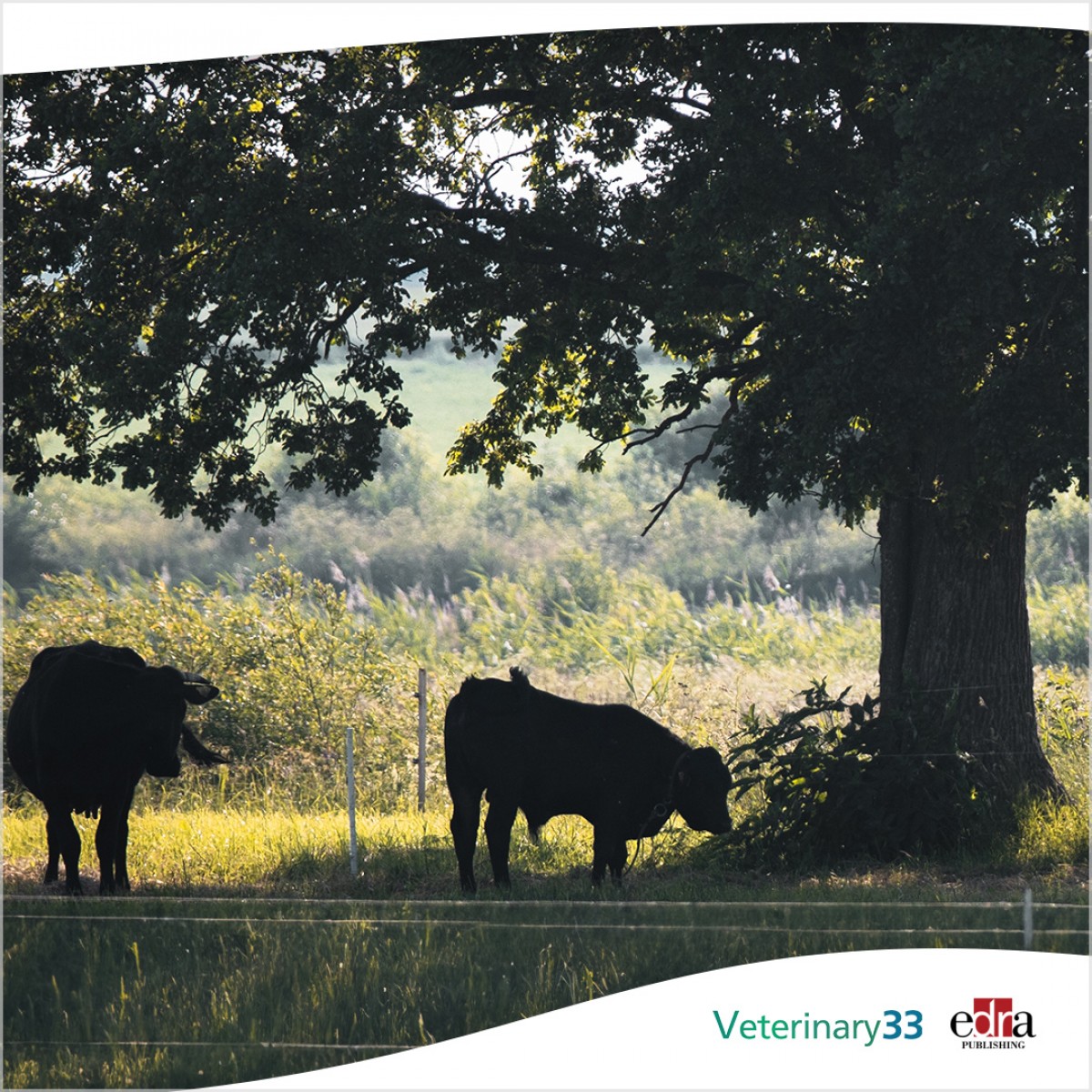




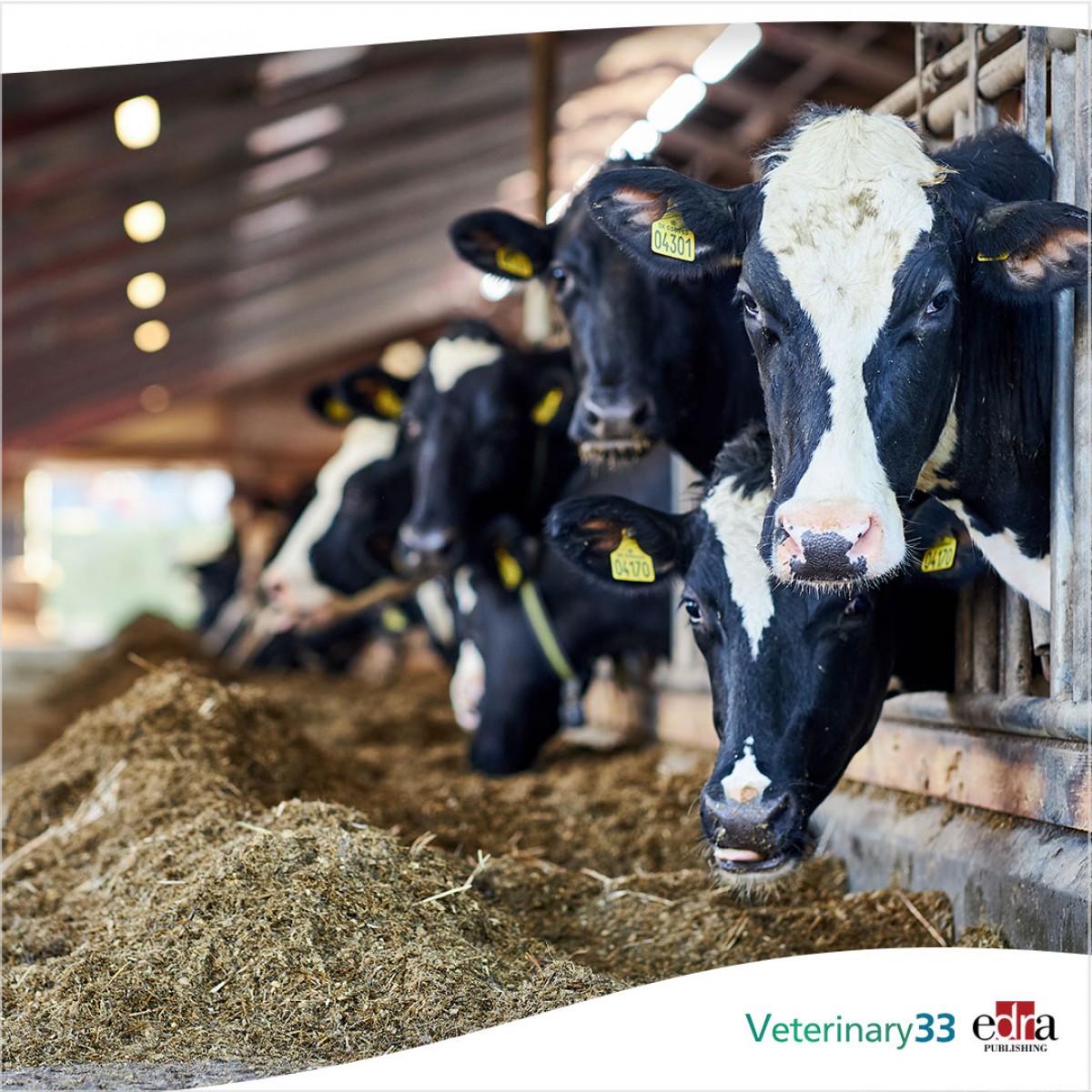
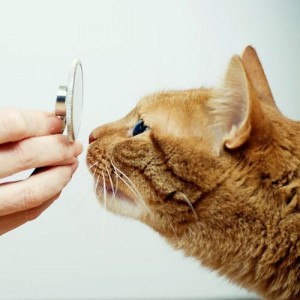
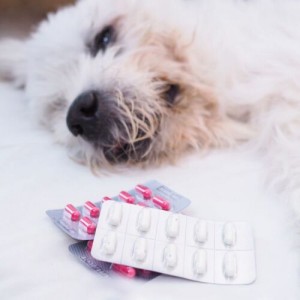
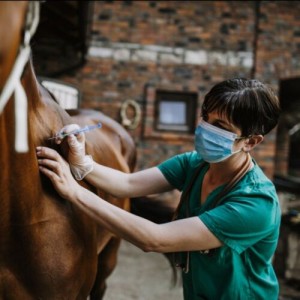

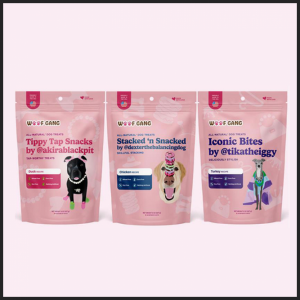

List
Add
Please enter a comment